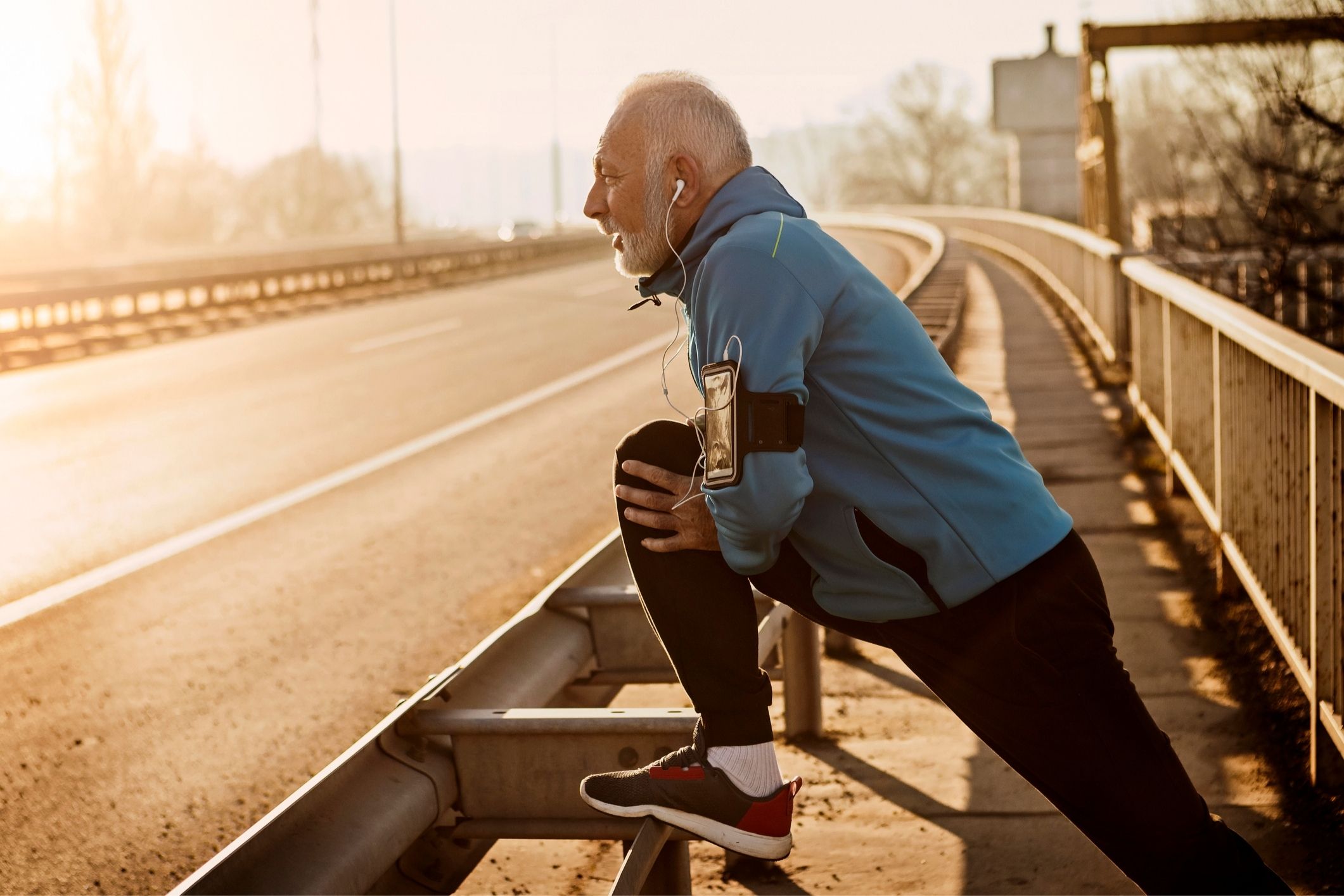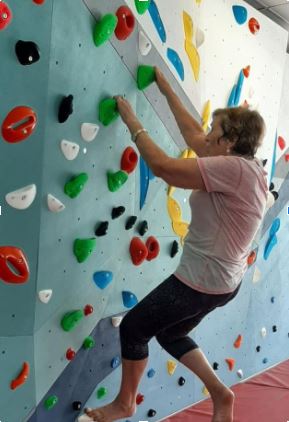
In a small town in far north Queensland, you might be surprised to find older members of the community climbing over, crawling through or sliding under equipment at the local gym in ways you wouldn’t normally expect.
For the last two years, the Gymnastics Club in Mossman, population 2,000, has held free parkour classes for seniors, and every week older members of the community show up and bravely test their skills.
Some never come back, but others have stuck it out and have grown to love it.
Bev Gwynne, who is 72 and the senior coach, told HelloCare older people are often resistant to trying out new activities, especially ones that will challenge them physically, like parkour.

People often develop health or physical problems, such as arthritis or bad knees, and become “frightened of having a go”.
But parkour can have real health benefits, such as improved cardiovascular health, and also improvements in strength and balance, which some say can help reduce the incidence of falls, the leading causes of injury-related deaths in Australia.
One man who attends Gwynne’s classes was seriously ill with cancer. Now recovered, he attends gym twice a week and has achieved huge improvements in his flexibility, balance and coordination. “He loves it,” Gwynne said.
Parkour was developed in France in the late 1980s, and is the discipline of moving from one point to another in a complex environment without additional equipment, in the fastest, most efficient way.
It occurs in all sorts of environments with hurdles participants can move over, under or through, using a mixture of running, jumping, climbing and rolling.

While usually considered a sport for young, fit people, there is a growing interest among older people.
It was Gwynne who came up with the idea of introducing parkour classes in Mossman.
“I figured that we could do the stuff the young people do.
“So I just say to them, everything that I’ve got here, you must engage with it.
“You can climb over it, you can crawl through it, or you can climb up it, but you need to do something with it – even if it’s just tapping it or touching it, or doing some sort of exercise.”
Gwynne encourages her students to incorporate as much of the gym equipment as they can. “We have a lot of fantastic equipment in the gym because we have quite a big gymnastic centre,” she said.
“We’ve got therabands, the trampoline, bars, tunnels. We have an air tramp, which is like a trampoline on the floor. We’ve got a climbing wall our seniors climb on. We have wedges, and hard flat foam boxes.”
“People just do what they can do.” If they come to the class with a sore knee or shoulder, they just modify the activities to what they can do.
Sadly, government funding for the parkour classes ended in June. Since then, students are being charged $8 per class, whereas the classes were previously free.
“There’s still coming,” said Gwynne, but she admitted that numbers are down.
“People are obviously short of money, or they feel like they can exercise without having to pay. That’s the mindset,” she said.
Rather than standalone parkour classes, Gwynne now incorporates parkour into the end of her gymnastics classes. “We go out into the main gym and they’re free to do whatever they want on the equipment,” she said.
Usually a gymnastics teacher for children, Gwynne loves having the opportunity to teach people her own age. “I never really get to be with people my age unless I do those classes,” she said.
The team has applied for more government funding to support the classes, including sessions during Mental Health Week.
“It takes a lot of guts for them to actually step up to classes.
“It’s a mental attitude,” she said.
Hello there, I think it’s a great way to stay active and connected which is really important. Sadly government rarely sees the benefits of this or doesn’t agree how important it is the health in older citizens.
Most older people just don’t have the ability to pay for such things when living on a government pension. Most pensioners struggle to manage in the current climate.